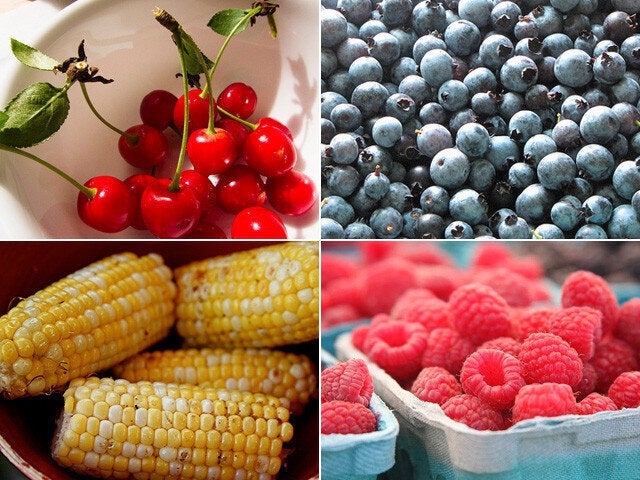
Here's a thought: what if we ban the word "healthy food" from our culinary vocabulary? I'm not talking about banning foods that are considered healthy. I'm talking about changing the way we think about food overall.
Our country is in the midst of a cataclysmic health crisis, much of it caused by how we eat. More than one-third of American adults are currently obese (another one-third are overweight), and the next generation is looking worse. According to the CDC, the prevalence of obesity among children and adolescents has almost tripled since 1980. It becomes an even more alarming number when you read that obesity is already responsible for $150 billion annually in medical costs.
We can all agree that government can't solve the obesity crisis alone. It's an ongoing issue that will require a collaborative effort across private and public sectors if we want to see some long-term success. However, in this election year, it would be irresponsible for our candidates not to stress the significance of this health epidemic; this crisis should be considered as top of mind as immigration, foreign policy, education and energy.
And then there are the instances where government is actually part of the problem -- actively keeping us from eating better. Take, for example, the $16.9 billion in federal subsidies that went to corn syrup producers in a 15-year period, according to a 2011 CALPIRG report. If that money was given back to consumers to spend on food, we'd each get $8 dollars to spend on junk food and a little more than a dime to spend on apples.
But as a professional chef, I think we also have a special obligation to lead the way in making sure that we no longer divide our food choices between what's considered "healthy" and what's considered "tasty." I don't distinguish the music I listen to from great music -- it's just music. There shouldn't be an announcement that divides our food between what tastes good and what is good for us.
I'm excited about what my colleague and chef friends like Bill Telepan, Michael Anthony and Sam Kass are doing to help provide better options for school children across the country. They're engaging in initiatives led by Michelle Obama and I was sorry to see that the NYC Department of Education had to discontinue the program that recruited professional chefs to help provide fresher food to public schools. Of course, I commend Jamie Oliver for implementing this new way of thinking about school lunches. Children aren't going to eat something because it increases their fiber intake; they're going to eat it because it tastes yummy and delicious. He's not telling kids asparagus should be eaten. He's letting them taste asparagus when it's in season and showing them how delicious it can be. He's using his skill and platform as a chef and making people want to eat foods that are good for them.
Look at what Nathan Myhrvold is doing at the Cooking Lab in Seattle. Behind the door to the lab where he's inventing a mosquito-zapping laser in hopes of combating malaria, his team is applying scientific methods to extract the purest flavors from products as commonplace as carrots and peas. Some might call it a passion project, but I see how this idea will change the way we eat. That rich, creamy soup? It's actually made from vegetables that were run through a centrifuge to extract the solids from the liquid and contains little to no unnecessary fat for flavor. I'm telling you, tasting that food means tasting the future.
For me personally, I often look to global cuisine and ingredients to help make delicious and nutritious meals. I am always shocked that people in second and third world countries living on very low incomes are often are eating meals that are far healthier (and tastier in my opinion!) than what we eat in America. I'm constantly experimenting with different combinations in my kitchen to replicate this way of eating. Lately, I've been experimenting with ramen and created a noodle made from teff, a delicious food grain that is very important in Ethiopia because it's used to make injera, the flatbread Ethiopians eat with every meal. I could tell you how nutritious it is, but that's not the point. If you eat a bowl, you will find it equally if not more tasty and fulfilling than that burger and fries. Also, by continuing to surprise your taste buds you won't need to overeat -- you'll just be looking forward to the next innovation on your plate.
There shouldn't be a distinction between what's healthy and unhealthy. Cooking and eating well, meaning deliciously and nutritiously, is not just an issue of access or cost -- it's also an issue of education and understanding, and our government has a responsibility to help with this transition. And as chefs, we have the responsibility to do our part both from behind the stove and beyond.